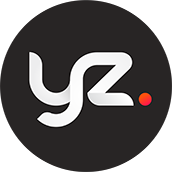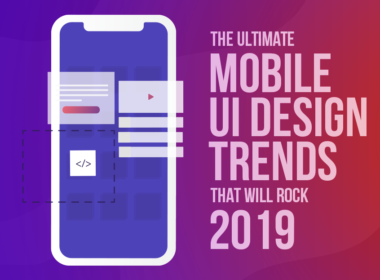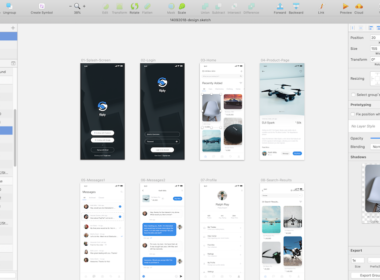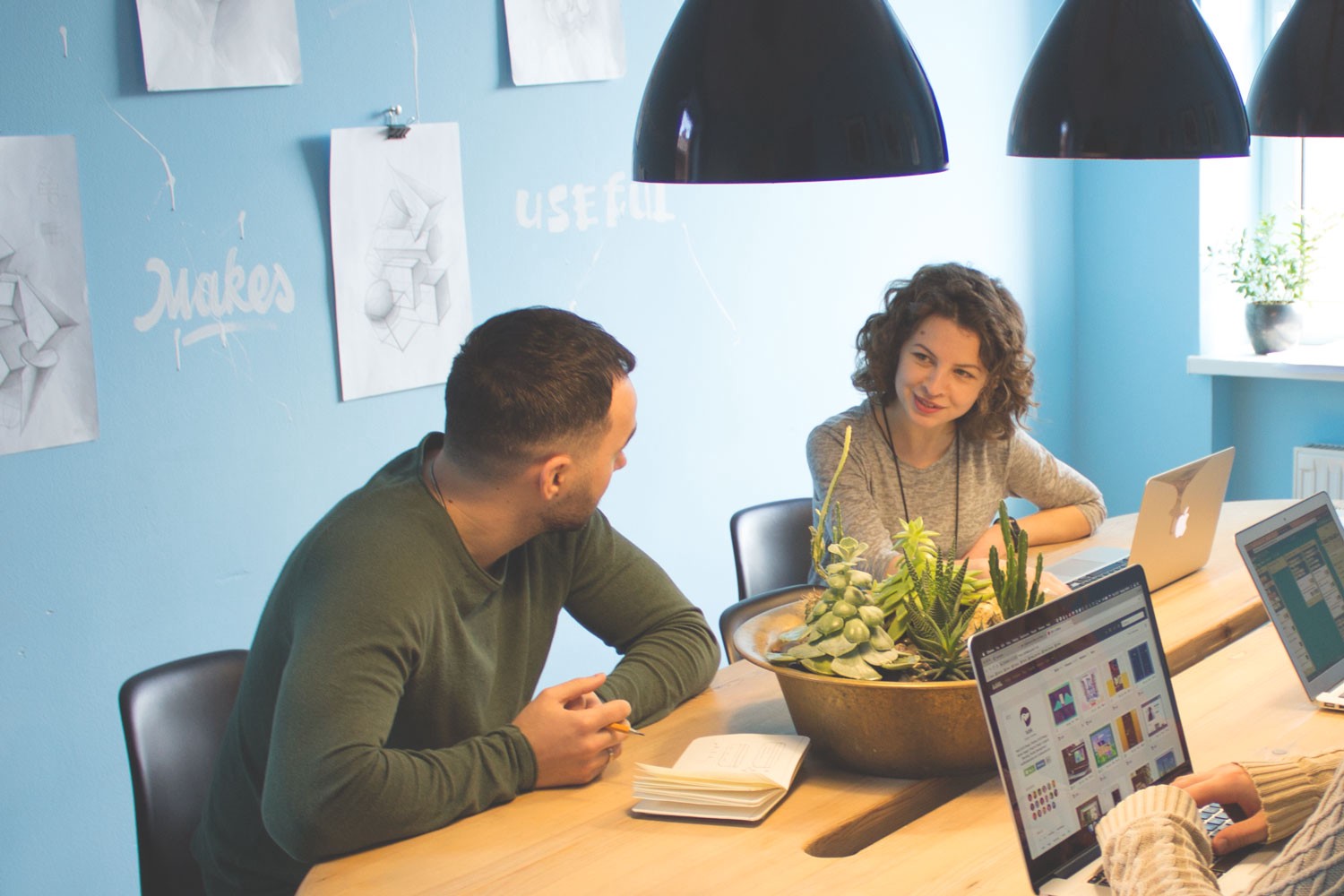
Design Career: How to Get a Design Job You Dream About
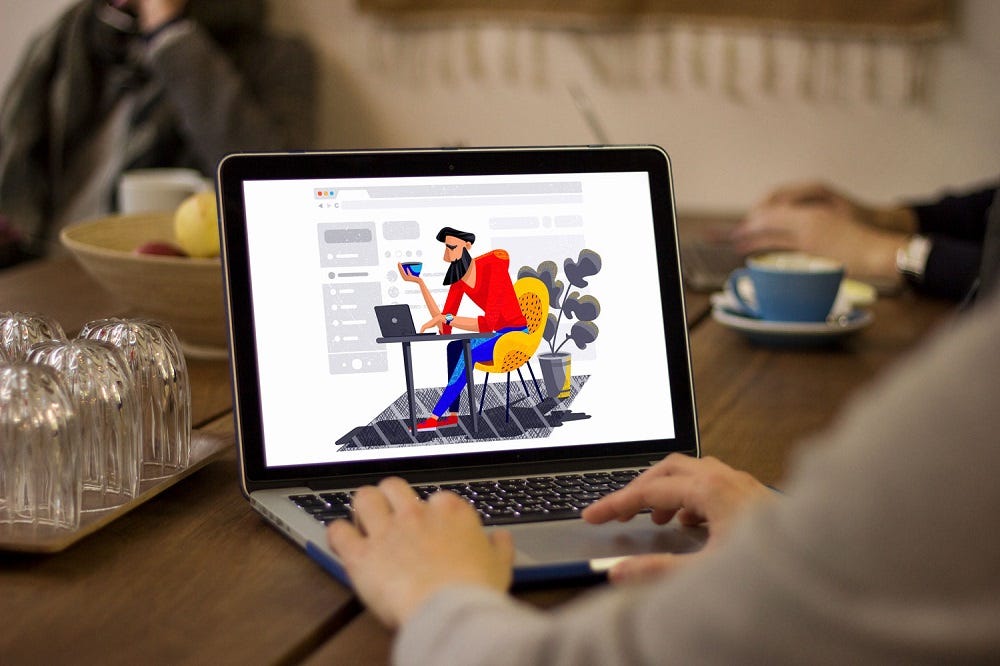
Finding a job can be tough, especially for someone who doesn’t have relevant experience. However, everybody has to start somewhere and on the way to your dream job you should be prepared for the hiring process both professionally and mentally.
The whole process of getting a job can be divided into three stages: research, application, and interview. Today we are going to give you some helpful tips for going through each stage successfully, whether you have a design background or not.
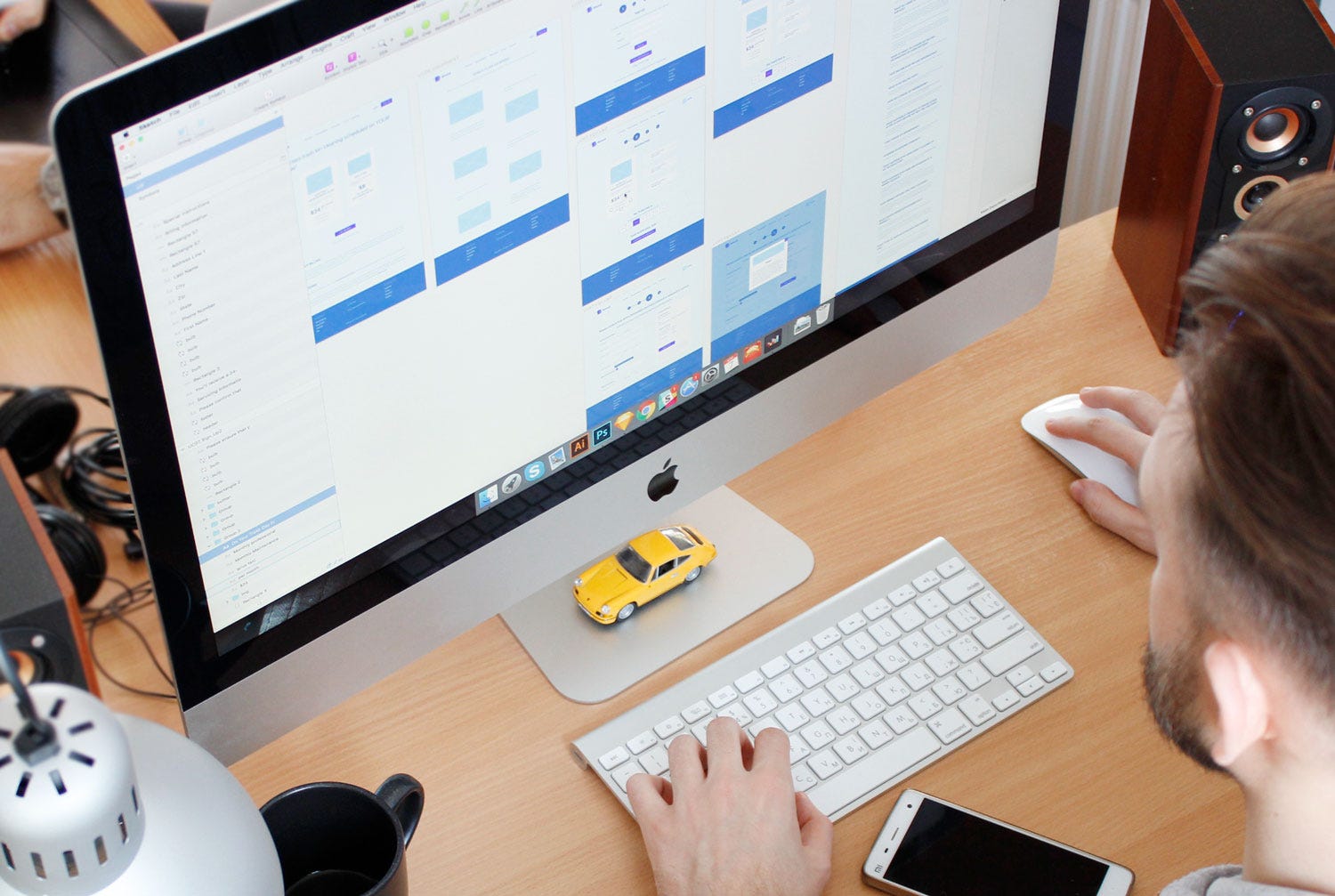
Research
Each important life decision is accompanied by research. When making changes in personal and professional life we tend to analyze, investigate, and review facts. Applying for a job is not an exception since it sets the direction of your future career.
When starting your research, think of a company that would perfectly fit you as a person and as a designer. Don’t associate this company with ones you already know or have worked at. Let it be hypothetical. Think of the size of this company, its values, its corporate culture, and its growth dynamics.Imagine what type of clients the company works with: private entrepreneurs, mid-sized businesses, or large corporations. Frame your place in this company and imagine yourself among teammates and team leaders. Think over the work process and tracking, retention, and reward systems this company has. Try to picture yourself as a part of this company. This technique will help you to set your priorities and define the environment which can unleash your potential. Even if you don’t have experience and are looking for your first job, don’t think that you should take whatever you can get. Being selective is very important for your career success, even if the number of options is limited.
Now that you know what you want to get from your future job, it’s time to look at the options that the market offers. Don’t go to the job boards first, start with a list of companies where you can imagine yourself as an employee. Make sure you check the career sections on their websites. If there are no openings you can apply for at the moment, make sure you send your CV to the HR department so when a new vacancy appears, recruiters can find your resume in their database.
Looking through the websites of design agencies, pay attention to their blogs. There you can find a bunch of useful information to increase your chances of getting a job. Read case studies to see how their work is organized. Try on the role of the designer in charge of the project and think of the changes you could make to improve the final result. Practicing this can help you to look at your own projects from the outside and unveil gaps in your knowledge.
Don’t underestimate the power of social media networks when looking for a job. Follow social accounts of the companies you’re interested in to stay updated with the announcements they post. A lot of companies show their behind-the-scenes on social media. This will give you a better understanding of the corporate culture. One more undeniable benefit of social media is connections. Use your Facebook, Twitter, LinkedIn, Behance, Dribbble to connect with people who share valuable information. Make friends and don’t be shy to ask for advice.
The offline community deserves your attention no less than the online. Take part in meetups, conferences, and panel discussions. These kinds of activities are meant to be a great way of making professional connections. Be active in a local design community because you never know where an opportunity can come from.
Pay attention to internship offers when browsing websites and social media accounts. Internships are a win-win situation for someone without a professional background. Even if you don’t get a job, you will get a hands-on experience. You will learn a career field from the inside, work with real projects, gain industry knowledge from proficient designers, and establish a network of professional contacts.
At the research stage, apart from looking for openings, you should really prepare yourself for a future job. Don’t be passive; dive into the process like you’ve already got a job in a design agency. This approach will bring you significantly closer to the goal.
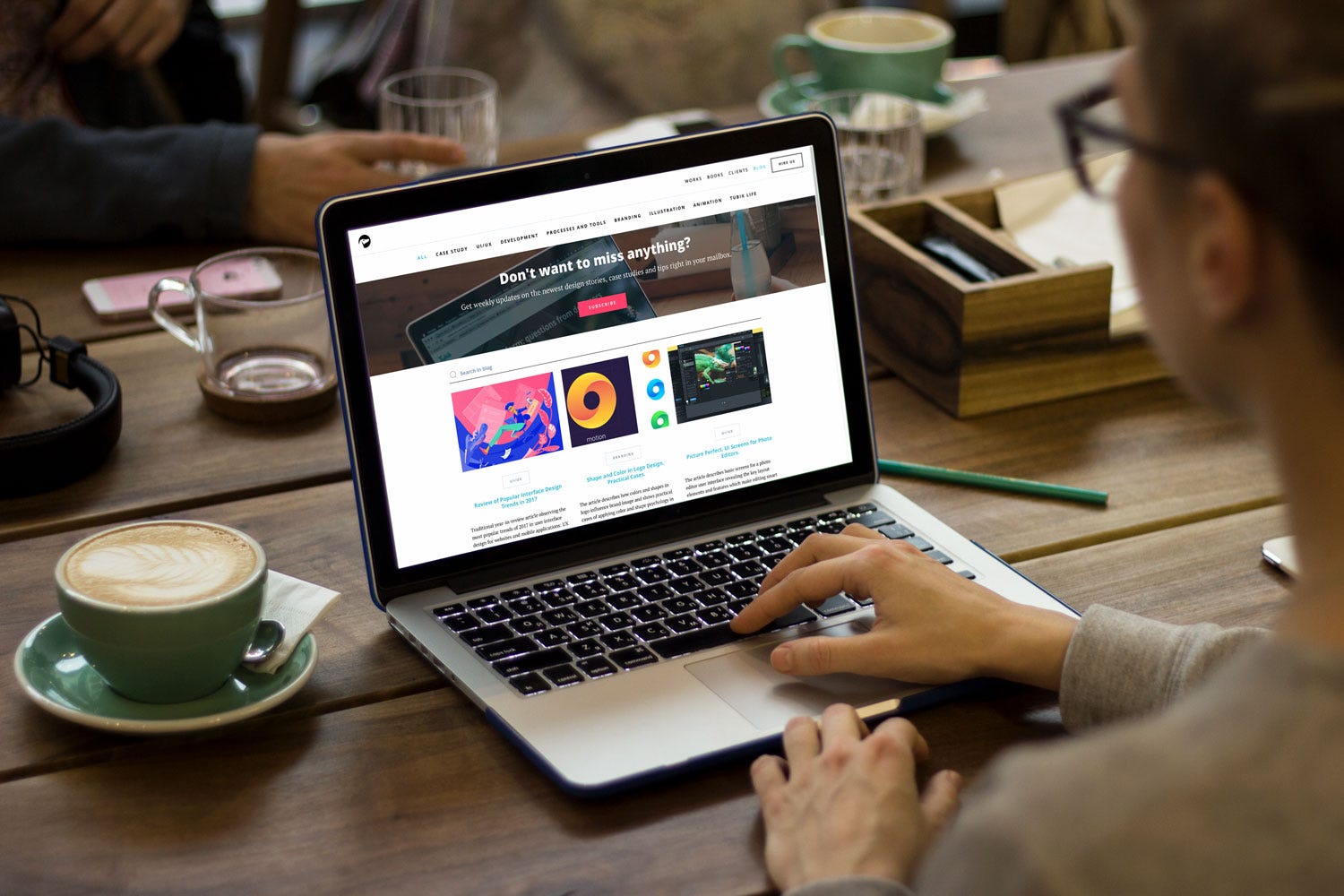
Application
Now that you’ve done your research and have some open vacancies in mind, it’s time to talk about applying. At this stage, you need to think of three things: your resume, portfolio, and cover letter. Let’s look closer at each of them.
Resume
Recruiters in large companies spend less than 30 seconds scanning a CV. So don’t be wordy; keep your CV precise and clear.
Start with the basics. No matter how creative you are at presenting information, you really need to cover common sections: personal and contact information, work history, education and qualifications, professional skills, and achievements. Make sure you get rid of all unnecessary details. If you have a lot of training courses under your belt, highlight only the most important. If you had numerous responsibilities at your last job, don’t try to list all of them. This will not help you to impress recruiters. Instead, focus on your experience that fits the requirements of the opening you are applying for.
The section where you talk about your work experience is decisive. Share your accomplishments, not responsibilities. Pick the projects that have greatly influenced your career and highlight your role in those projects. Think of your strengths that are necessary for the job you want to get and mention them.
For non-designers, we recommend using online services that provide CV templates, to make the text structured and easy-to-read. But if you are applying for a job as a designer, you really want your CV to stand out. Make your CV noticeable yet informative. Be creative but don’t overdo it.
Think of your online CV too. LinkedIn is the most popular platform for applying and hiring. Make sure you have an account there and keep the information updated. Be where hiring managers are looking.
Double check your CV to be sure there are no misspellings or unnecessary details. Working on a document for a few hours, you can miss some obvious lapses, so ask someone to review your CV with a fresh perspective before you send it.
Portfolio
Even if are trying to get your first job, you need to have some freelance projects or design concepts to show.
Talking about your online portfolio, first you should pick a platform to present your works on. It’s better to set up your own website. Register a personalized domain name, find a reliable hosting service and use, for instance, WordPress to create a website.
As for the content, make sure you include personal and contact information, add links to your social media accounts and online portfolios on other platforms and start filling the portfolio with your creativeness.
It doesn’t matter how many design projects you have accomplished, you need to pick only the best. Sometimes clients ask for solutions that may not be attractive or technically right from the design perspective. Don’t showcase projects where you were not completely satisfied with the result. Your portfolio creates an impression of you as a designer, so include works you are truly proud of.
Don’t stick to one form of design such as web design, illustration, or lettering. Mix your leading projects with self-initiated experiments to demonstrate your versatility. Even with the variety of projects, you still want your portfolio to look harmonious. Use a well-thought-out structure and background to ensure that all your works flow together nicely.
Working on a portfolio design, think of it as a display case for your talents and hard work. Keep the design clean and simple so it doesn’t take away attention from your projects. Make the interface intuitive and easy-to-navigate; nothing should break the creative atmosphere.
Don’t be limited to images of the final result. Work on case studies that include all the stages of your creative workflow. Describe the initial requirements and challenges you faced developing a design. Add text explanations and your thoughts that led you to the optimal solution. Your future clients and employers will want to know more about your approach to work, so go beyond the beautiful visuals and show the behind-the-scenes of your project.
Think of your personal brand. Create a logo and identity to put on your business cards and resume. This is a nice way to show your skills at evolving and enhancing a person’s or company’s integrity visually.
And last but not least, print your portfolio. Even though nowadays most designers use online platforms for showcasing their works, you may need to demonstrate your printed portfolio when meeting someone face-to-face.
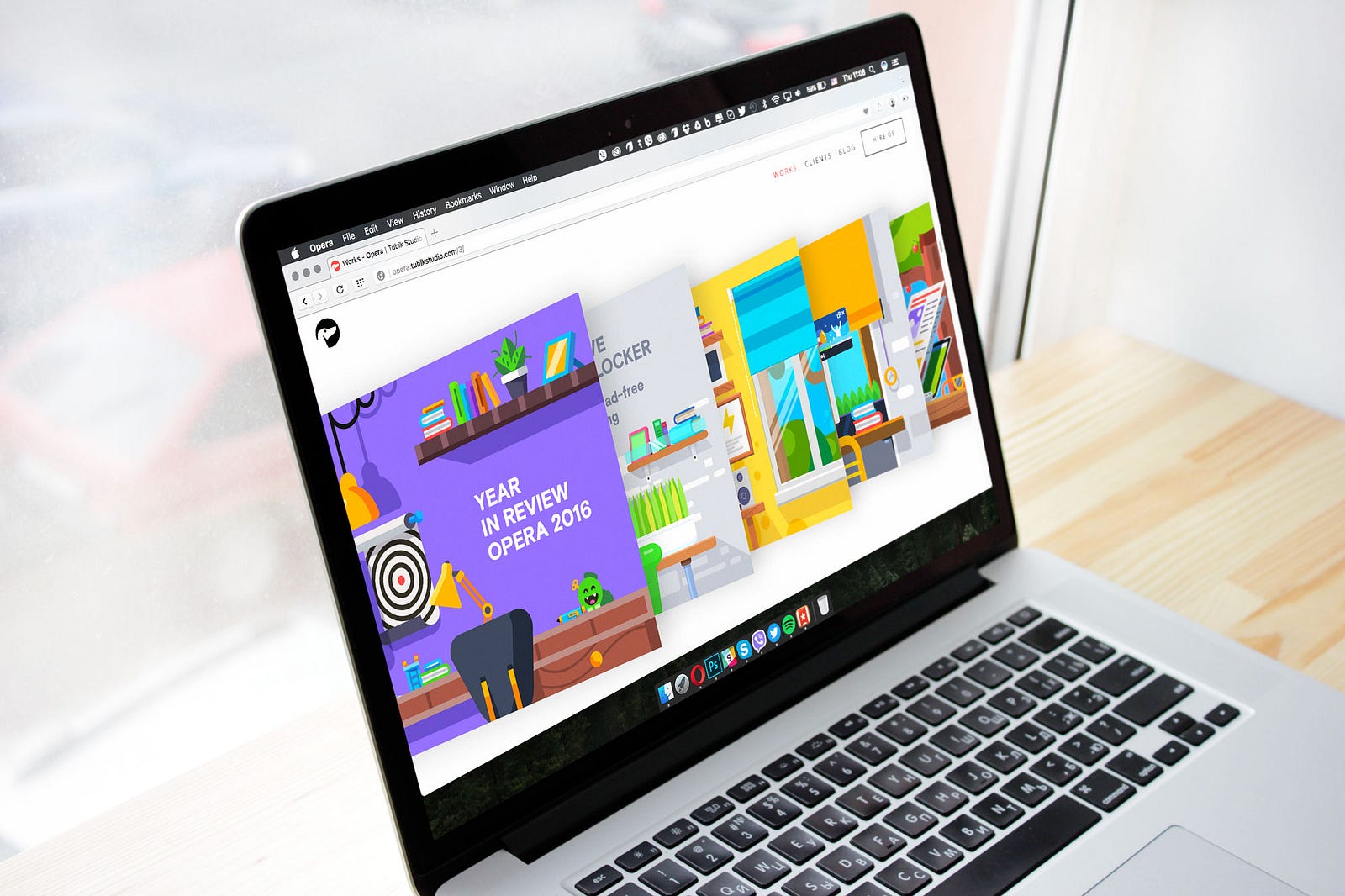
Cover Letter
Unlike the resume where you mostly talk about facts, a cover letter is more of a personal appeal to the company you want to work at. A well-written cover letter can improve your chances significantly. So let’s look at some tips that can help you to strengthen your position among other candidates.
First things first, don’t try to duplicate your CV. Consider the cover letter as a conversation with a hiring manager. Keep in mind that you are going to work for a business, so focus on the value you can bring to the company and benefits they can gain from hiring you. Emphasize the skills you have to embrace the challenges this position requires. Carefully look through the vacancy and the company’s website to figure out what kind of a professional and person they want to see in this position. Make sure the tone of your cover letter reflects the tone of the company.
You may check some examples of good cover letters for inspiration, but don’t copy them. Your letter should be sincere and personalized. Try to avoid cliches and overused phrases that hiring managers are used to seeing in every single application. Use clear and straightforward language and don’t try to make your story long; instead, make it worth reading.
The cover letter shouldn’t be exhaustive. Your task is to arouse interest and start the conversation with the hiring manager. Seems like it’s an allowance for writers, doesn’t it? Well, as a good professional you should work on your speaking and writing to succeed at every job you get. You should work on your so-called soft skills, and that’s what we are going to talk about next.

Interview
Praise yourself. An interview invitation is a huge step toward landing your dream job. It already means that an employer is interested in your skills based on your CV and portfolio. Let’s dive into practical tips that will help you to do your absolute best at the interview.
Depending on the company, the whole interview process may include several rounds. For instance, you might interview with a hiring manager, lead designer, and CEO. You should prepare yourself for each round. That’s why you should find out who you are interviewing with and research them. You’ll feel more confident when you know what kinds of questions to expect: personal, technical, or business-oriented.
Everyone is sick and tired of questions like “Where do you see yourself in five years?” However, hiring managers keep asking them. Think of your answers to the most expected questions and work on your reaction towards the most unexpected and uncomfortable ones. Some questions can be tricky, so take your time and think twice before you answer.
What should you do when you don’t know an answer? This is primarily related to technical interviews. First, don’t panic. Remember that interviewers can ask questions that are out of your area of expertise or go beyond your experience. In this case, they don’t expect you to give the right answer; they want to see your actions in an unordinary situation. So if you don’t have an answer, tell how you could find it and describe a similar experience that could help you to come up with a solution.
When a hiring manager asks you if you have any questions, please, don’t say no. Don’t be shy even if you’re looking for your first job. Demonstrate that you’ve done your research and understand the company’s culture. Ask the hiring manager about things that you really care about, like the workflow, compensation package, insurance, overtime, workspace, and so on. HRs are ready for these kinds of questions and they will appreciate your genuine attitude and serious approach. Remember that you’re making a choice too.
Apart from the hard skills, the employer is going to assess your soft skills. They include communication skills, work ethic, critical thinking, leadership, ability to work in a team, and positive attitude. Don’t underestimate the importance of soft skills; they can be decisive in favor of one or another candidate. Never stop improving your soft skills as well as hard skills; this combination will give career prospects that you couldn’t even dream of.
And of course, don’t forget the basic rules. Take care of navigation in advance, be there on time, pick an appropriate outfit, have your resume printed, and remember the importance of the first impression, so be open and friendly.

Believe it or not, there are a lot of job opportunities out there waiting for you. All you have to do is be active and consistent on the way to your dream job. Keep in mind that applying for a job is a part of your success story, so be determined and inspired. Good luck!
